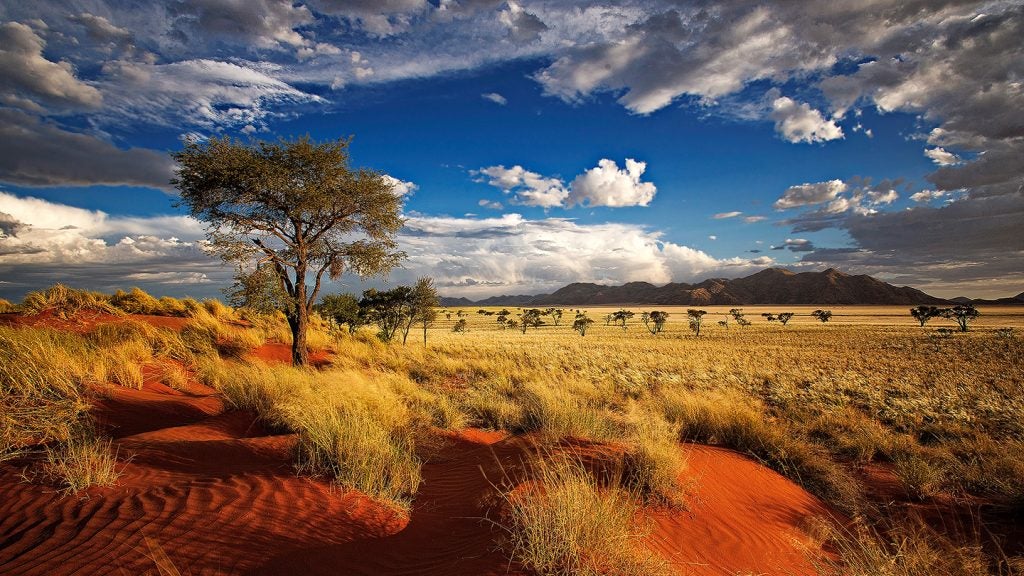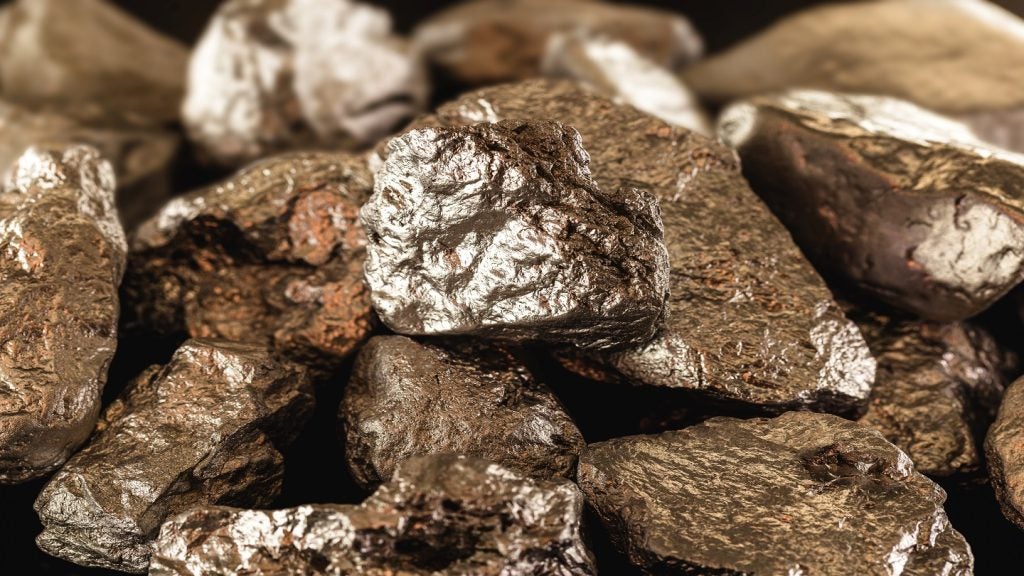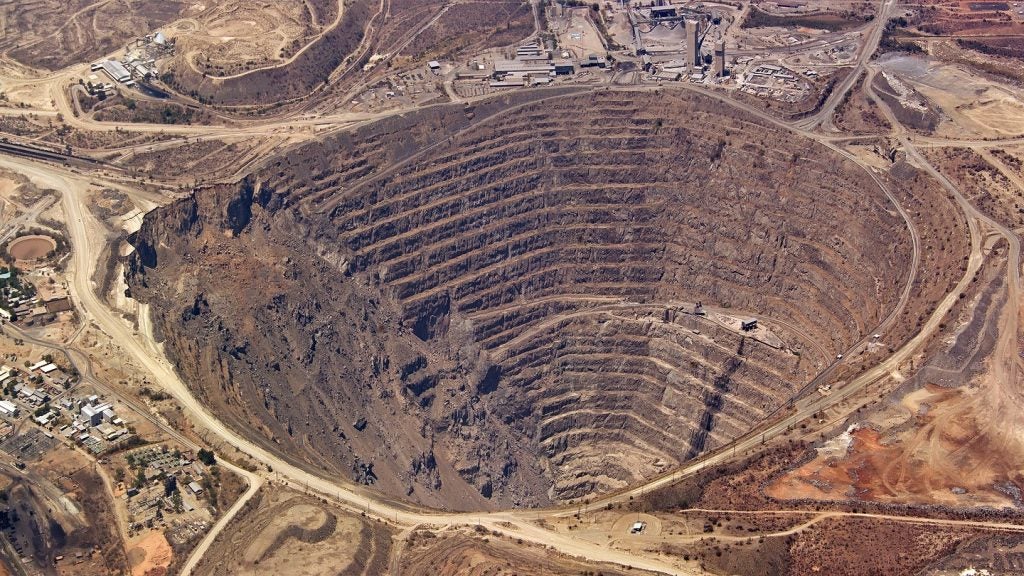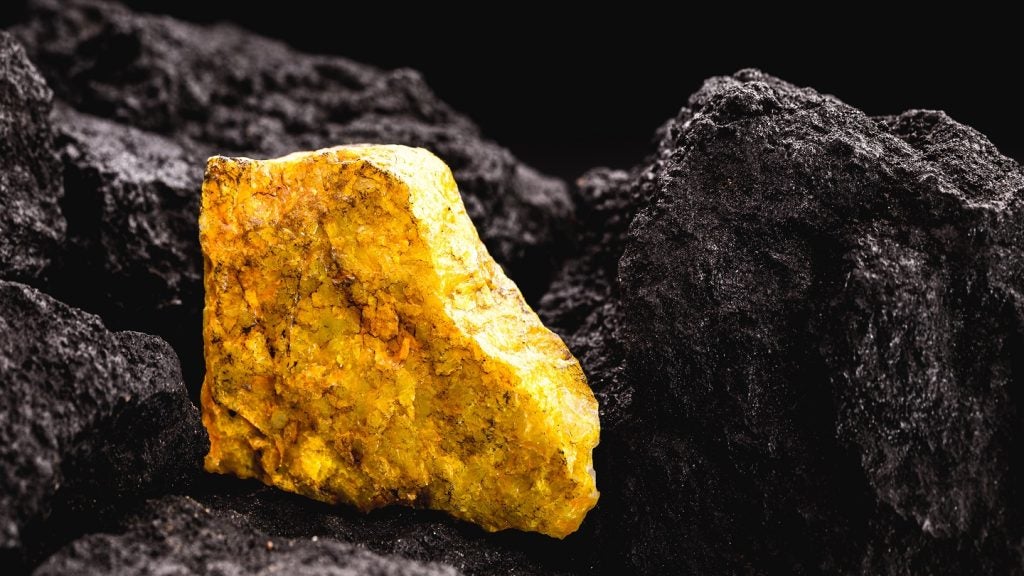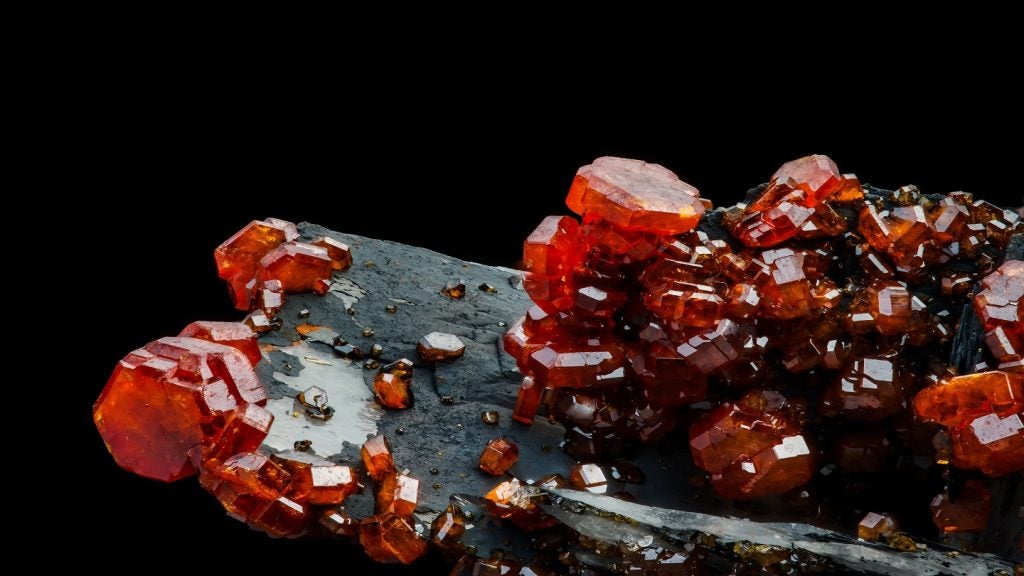The copper industry is gearing up for a boom as the clean energy transition causes a spike in global demand for the resource that has been dubbed the “metal of electrification”, used in everything from wiring to electronics and electric vehicles.
However, with GlobalData predicting demand will grow at a 3.3% compound annual growth rate (CAGR) to 2030, outstripping production growth (a 2.7% CAGR), a shortfall is expected in supply.
Nations such as Chile, Peru and the Democratic Republic of Congo (DRC) remain by far the biggest copper producers, but there is a growing sentiment that producers need to diversify if rising demand is to be met.
Namibia’s untapped copper potential
John Sisay, CEO of Namibian mining company Ongopolo, says Namibia could provide an answer to this demand. Currently dominated by diamond and uranium mining, Sisay says the country’s copper potential has never been fully tapped, something Ongopolo (among others) hopes to change.
“Copper is a historic resource in Namibia in the sense that they have been mining it from the early 1900s, but it hasn’t grown as much as somewhere like Zambia or Botswana,” Sisay explains. “I think the main reason it hasn’t grown is a lack of exploration. Namibia as a country is probably one of the least explored in terms of base metals, even though there is massive potential for copper there.”
In the past, copper production in Namibia was curtailed by the fact that much of the country sits on an aquifer, with water management proving a challenge for operators and many of the mines in the early 2000s flooding as a result.
However, operators are beginning to restart old mines, leveraging existing infrastructure to rapidly rehabilitate the previously flooded sites and start ramping up Namibia’s production.
Canadian company Trigon Metals officially restarted mining at its Kombat copper project in May 2023, while Deep South Resources had its mining licence for Namibia reinstated last June. The projects have been heralded by the companies as not only helping to revitalise Namibia’s copper industry but also providing financial and job opportunities to locals.
However, the ability of these projects to significantly boost Namibia’s copper industry remains to be seen.
A long road to market?
While operators in Namibia are eager to reposition the nation as a major player in the copper landscape, it still has some way to go to prove its potential to investors.
“Namibia is only a very minor copper producer in Africa,” says David Kurtz, director of research & analysis for mining and energy at GlobalData. “It is a long way behind other countries such as the DRC, which ranks third globally, and Zambia, which is the tenth-largest copper producer, and there are only a few projects with the potential to add to its output by the end of the decade.”
In June 2023, Namibia introduced a ban on exports of unprocessed critical minerals – something that is good news for the domestic supply chain but could deter investors.
“Namibia has a generally stable political and policy environment, which is expected to lead to significant growth in investment in mining in the coming years,” Kurtz adds. “However, the need to invest in processing facilities will require substantial additional spend that many miners are unable to provide, and so may put off investment in minerals such as lithium, cobalt, manganese, graphite and rare earths.”
Yet despite uncertainty as to how significant a producer Namibia can become, operators such as Ongopolo remain hopeful that the global shift to electrification and renewable energy will provide an opportunity for Namibia to prove its market standing.
“Africa missed a lot of economic revolutions,” says Sisay. “This period of the e-revolution and the shift to batteries and new forms of energy production is an opportunity for these nations to deepen the value they get from mining – and Namibia is well positioned to do so.
“There is plenty of copper out there. It is just going to take a while to bring it to market.”


